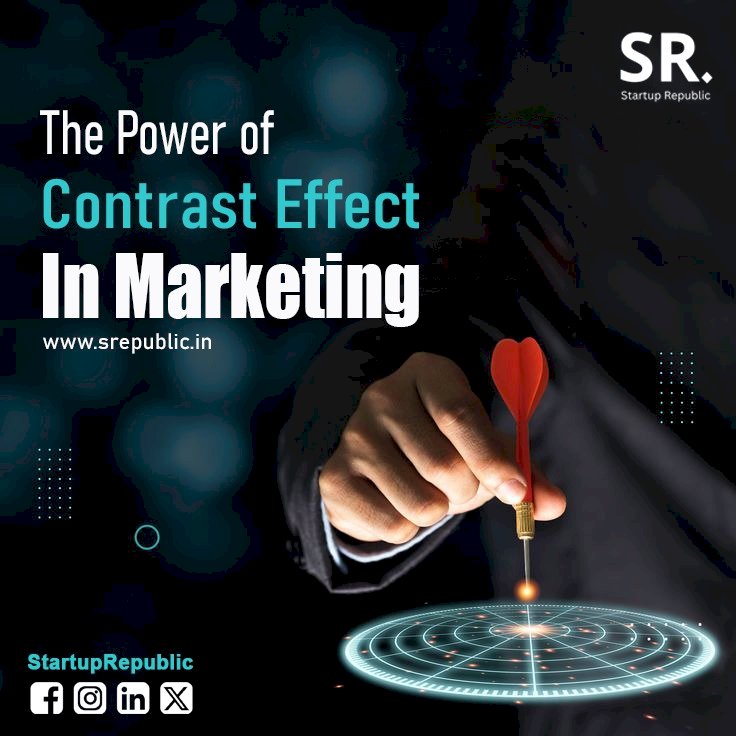The Power of Contrast Effect in Marketing: Examples and Insights
Understanding human psychology is as crucial as crafting catchy slogans or designing appealing visuals. One psychological phenomenon that holds significant sway in consumer behavior is the contrast effect. This phenomenon influences how we perceive and evaluate products, prices, and even people. By leveraging the contrast effect effectively, marketers can influence consumer decisions and drive sales. Let’s understand what the contrast effect is, how it works in marketing, and explore some compelling examples.

What is the Contrast Effect?
The contrast effect is a cognitive bias where the perception of a stimulus is influenced by the presence of another stimulus. In simpler terms, it's the tendency of individuals to evaluate things more differently when they're presented together, rather than in isolation. This phenomenon can manifest in various ways, including pricing perception, product comparisons, and even brand image.
Examples of the Contrast Effect in Marketing:
- Pricing Strategy:
One classic example of the contrast effect in action is in pricing strategies. Imagine you're shopping for a suit, and you come across two options:
- a) Option A: Suit priced at Rs 5,000
- b) Option B: Suit priced at Rs 10,000
While option B may seem expensive on its own, when presented after option A, it appears more luxurious and of higher quality, thanks to the contrast effect. This perception can influence consumers to opt for option B, perceiving it as offering better value for the higher price.
- Product Bundling:
Many companies employ product bundling strategies to increase sales and perceived value. For example, a fast-food chain may offer a combo meal comprising a burger, fries, and a drink for Rs 200 . Individually, each item may cost Rs 100. However, when presented together as a bundle, consumers perceive the deal as more attractive due to the contrast effect. They perceive getting multiple items for a slightly higher price as a better deal compared to buying each item separately.
- Brand Positioning:
The contrast effect also plays a significant role in brand positioning. Consider a luxury car brand that introduces a mid-range model. Initially, consumers may perceive the mid-range model as expensive. However, when compared to the brand's high-end models, it appears more affordable and accessible, leveraging the contrast effect to attract a wider audience.
- Social Proof:
Social proof, such as customer testimonials and reviews, can also be influenced by the contrast effect. For instance, if a product listing features several positive reviews followed by a negative one, the negative review may seem more impactful due to the contrast with the positive feedback. Conversely, if a negative review is followed by overwhelmingly positive ones, it may appear less significant in contrast.
Insights and Conclusion:
Understanding and harnessing the power of the contrast effect can significantly impact marketing strategies and consumer behavior. By strategically framing products, prices, and brand positioning in contrast with other options, marketers can influence perceptions and drive desired outcomes. However, it's essential to use this psychological phenomenon ethically and transparently to build trust and credibility with consumers.
In conclusion, the contrast effect is a potent tool in the marketer's arsenal, capable of shaping consumer perceptions and driving sales. By incorporating it into marketing strategies with careful consideration and creativity, businesses can gain a competitive edge in today's crowded marketplace.
























